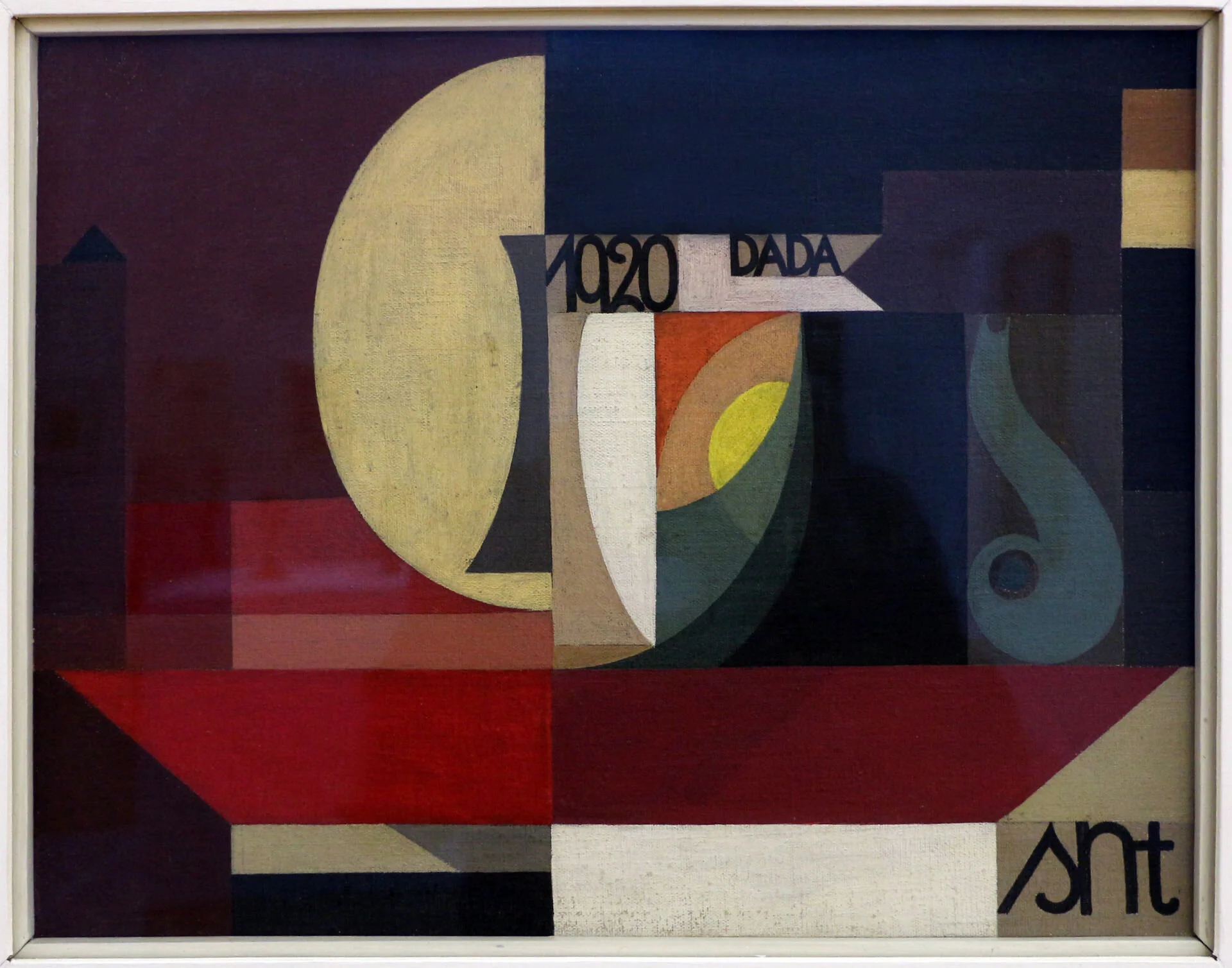Yellow the Conquerer
By Sophie Taeuber-Arp - photograph taken by Sailko (Own work) on 2015-12-10 17:58:22, Public Domain, https://commons.wikimedia.org/w/index.php?curid=47561476
Spring is full coloured. It came last week, and it is indisputable. The park got full of pink and white trees, leaving traces around like talking with the unbelievably talkative grass in her green. Here and there, some lilac tree blossoms do their solitary performances, and some lilies improvise in zigzags patterns. Nature doesn’t understand pandemics, restrictions, police brutality and gynocides. She keeps her ancient language clean from the toxic human evolution.
A huge tree outside of my window turned yellow two days ago like an explosion. A bright, decisive yellow, ready to dominate everything, any persisting local grey or beige. Any dirty white or casual anthracite. No pals, yellow is here now, yellow the intruder. Yellow the Conquerer.
Today, some small purple flowers woke up in the grass; they are gathered together in places like chicks, like creating small groups to protect themselves from the wildlife around them. Anyway, there is no kind of wildlife in my humble garden, just some weeds and bushes, my cat and the occasional fox. The purple flowers can act their part of spring without fear here and answer with their silent murmur to the yellow tree’s tenor solo.
I love yellow wherever I find it, especially in abstract art. I always feel that yellow is the balance’s keeper. The one that gets in and everything finds its place.
I have this feeling strongly in some paintings like Kandinsky’s Yellow-Red-Blue (1925).
Yellow is a misconceived colour. Although it is often considered as the colour of happiness, it has also been correlated with illness, cowardliness, jealousy and pornography. And maybe because these qualities in the patriarchal societies are usually attributed to femininity, I‘d like to recover its reputation.
Ochre is one of the oldest pigments ever. It has been used since prehistoric times; it has been found in cave paintings, it is the colour of warmth and the earth—according to Kandinsky—, it is the colour of the —indispensable for nature— bees, the sunflowers and the daisies. In colour psychology, it is supposed to stimulate brain activity, and it is suggested for study rooms, in contradiction with blue, which is preferred for calming the mind.
As for Kandinsky, yellow is connected with the earth and blue with the sky, yellow with the matter and blue with the spiritual (the heavenly colour); yellow could be considered the soft and warm female element in opposition with the cold male blue.
And thus, yellow has suddenly some so negative connotations while blue carries some strong symbolism of loyalty, trustworthiness, wisdom and stability. And here it is, the ignorant joy versus the wise sadness.
It is not that I don’t love blue. I really love blue. It is the colour of the sea, and that is enough. It is that even here, there is this fundamental dualism that is noticed in every cultural aspect, the low female element and the high male one.
Look in this Sophie Taeuber-Arp painting. It is full of blue, purple and dark red. It is dark and strict and keeps a remarkable balance. But it wouldn’t be so without this hidden yellow in the centre. Yellow is so few but so important, in the centre of everything, in conversation with everything, keeping a soft extroverted core that makes the synthesis stronger. And although it is covered by the blue, it changes it, and it becomes the focal point eventually.
What I like the most about Taeuber-Arp’s paintings is that there is almost always a place for yellow and that it feels like it is this little yellow element that fulfils the image.
